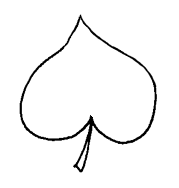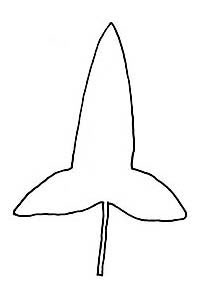Mimosa L.
sensitive plant, sensitive briar, catclaw mimosa (M. pigra)
Fabaceae
Aeschynomene, Neptunia, Sesbania
tropical and subtropical America
M. pigra L.
U.S. Federal Noxious Weed: Mimosa pigra
Identification: Mimosa pigra is closely related to M. pudica (common sensitive plant). It can be distinguished from M. pudica by its large size, large pods (6 to 8 cm long as opposed to 2.5 cm long) and leaves, which have 6 to 16 pairs of pinnaepinna:
(n) one of the primary divisions or leaflets in a compound leaf or frond
as opposed to 1 to 2 pairs in M. pudica. M. pigra pods break into individual hairy segments. The seeds are distinctly oblongoblong:
(adj) two to four times longer than wide, with +/- parallel sides, flattened, light-colored, with a wide pleurogram.
Mimosa pigra (giant sensitive plant) is introduced into Africa, Asia and northern Australia.
M. pudica L. is introduced into tropical regions worldwide.
Mimosa pigra L. is considered a serious weed in several countries. It is also a weed on the U.S. federal noxious weed list.
creeping or erect herb or shrub
Perennial. Stem creeping or erect, highly branching, spinosespinose:
(adj) bearing spines
 . Leaves compoundcompound:
. Leaves compoundcompound:
(adj) with two or more like parts, as in a compound leaf; divided into two or more subsidiary parts or orders, as in a compound inflorescence
 (bipinnatebipinnate:
(bipinnatebipinnate:
(adj) twice pinnate; having both primary and secondary pinnate divisions
 ), with 6-16 pairs of leaflets, sensitive to touch (will fold up); petioles and leaves also spinosespinose:
), with 6-16 pairs of leaflets, sensitive to touch (will fold up); petioles and leaves also spinosespinose:
(adj) bearing spines
 . Inflorescenceinflorescence:
. Inflorescenceinflorescence:
(n) the arrangement of flowers on the floral axis
 axillary. Flowers in globoseglobose:
axillary. Flowers in globoseglobose:
(adj) spherical or nearly so
 heads, pink to purple. Seeds produced in distinctive hairy pods that break into individual one-seeded segments (in M. pigra). Dispersal by vegetativevegetative:
heads, pink to purple. Seeds produced in distinctive hairy pods that break into individual one-seeded segments (in M. pigra). Dispersal by vegetativevegetative:
(adj) (1) pertaining to or to the growth of plant organs or plant parts that have nonreproductive functions, such as leaves, roots, stems, etc.; (2) concering non sexual propagules such as tubers, turions, stem fragments, root crowns, rhizomes
 fragmentation or of seed pods and pod segments by water or animals.
fragmentation or of seed pods and pod segments by water or animals.
riparianriparian:
(adj) growing by rivers or streams; of, adjacent to, or living on, the banks of a river, lake, pond, etc.
 , littorallittoral:
, littorallittoral:
(adj) of or along the shore
 zone, mostly in shallow areas; disturbed areas near water
zone, mostly in shallow areas; disturbed areas near water
Mimosa is a large genus of over 700 species, with only a few semi aquatic species. Mimosa pigra, although sensitive, is not nearly as sensitive as M. pudica L.